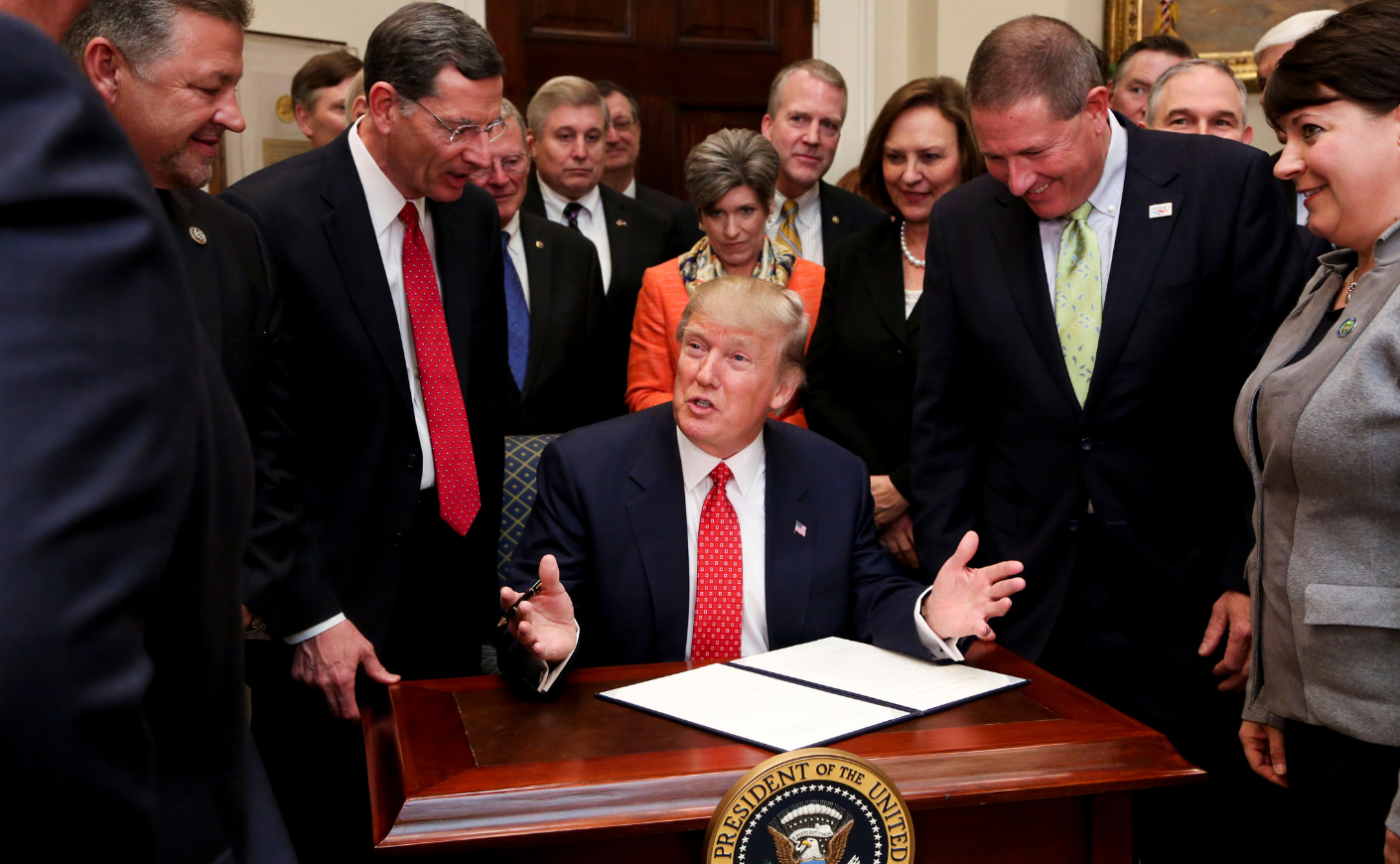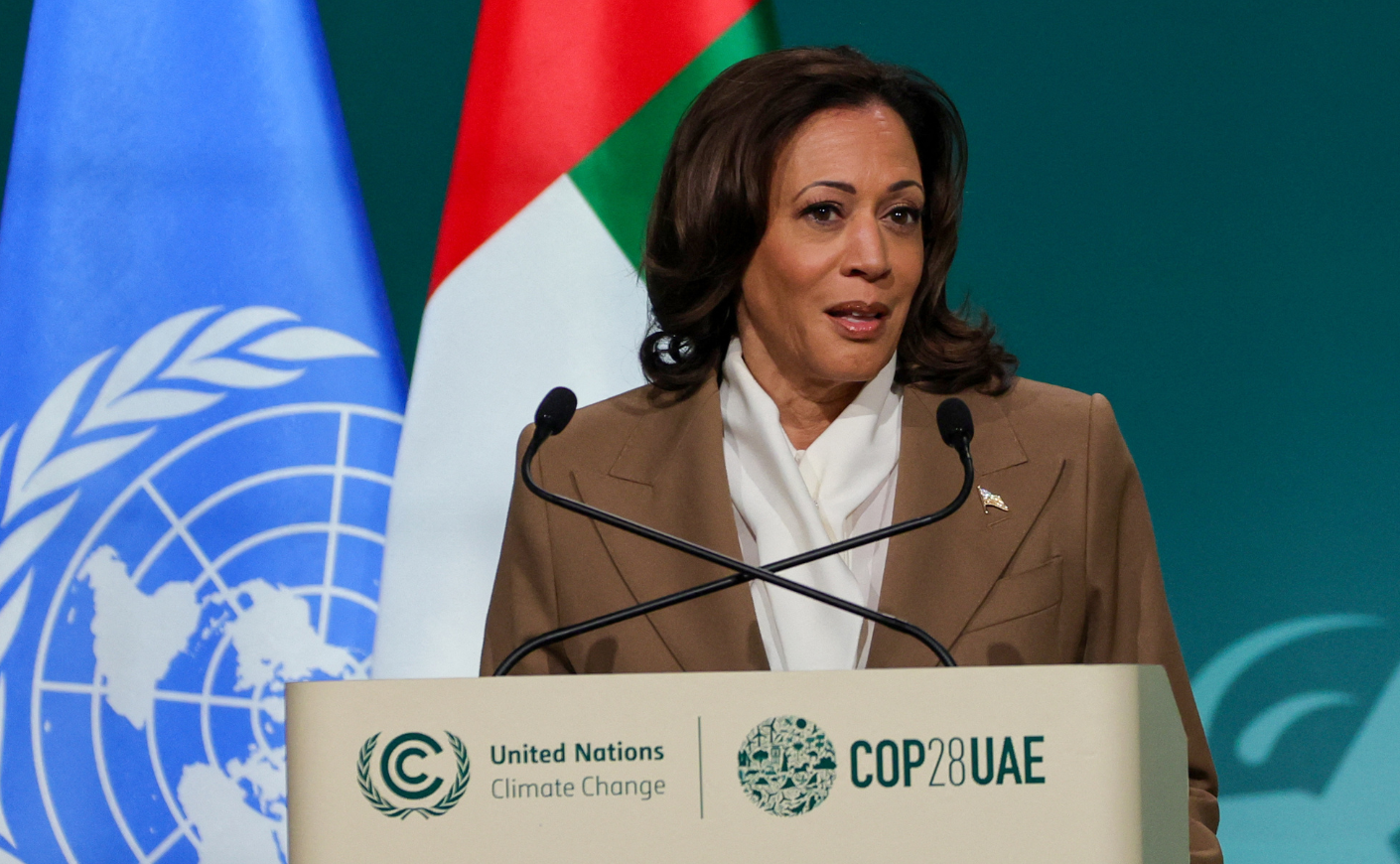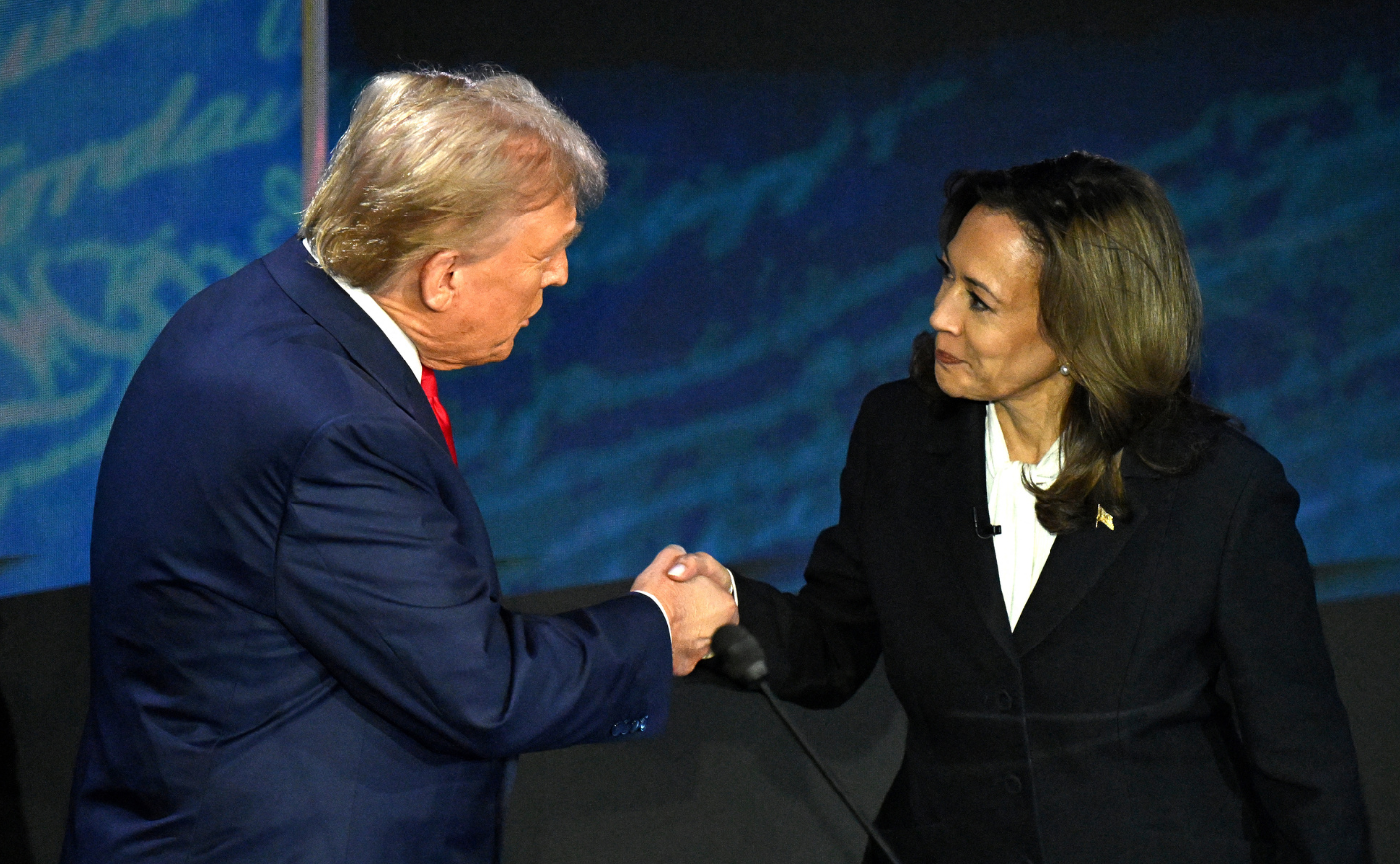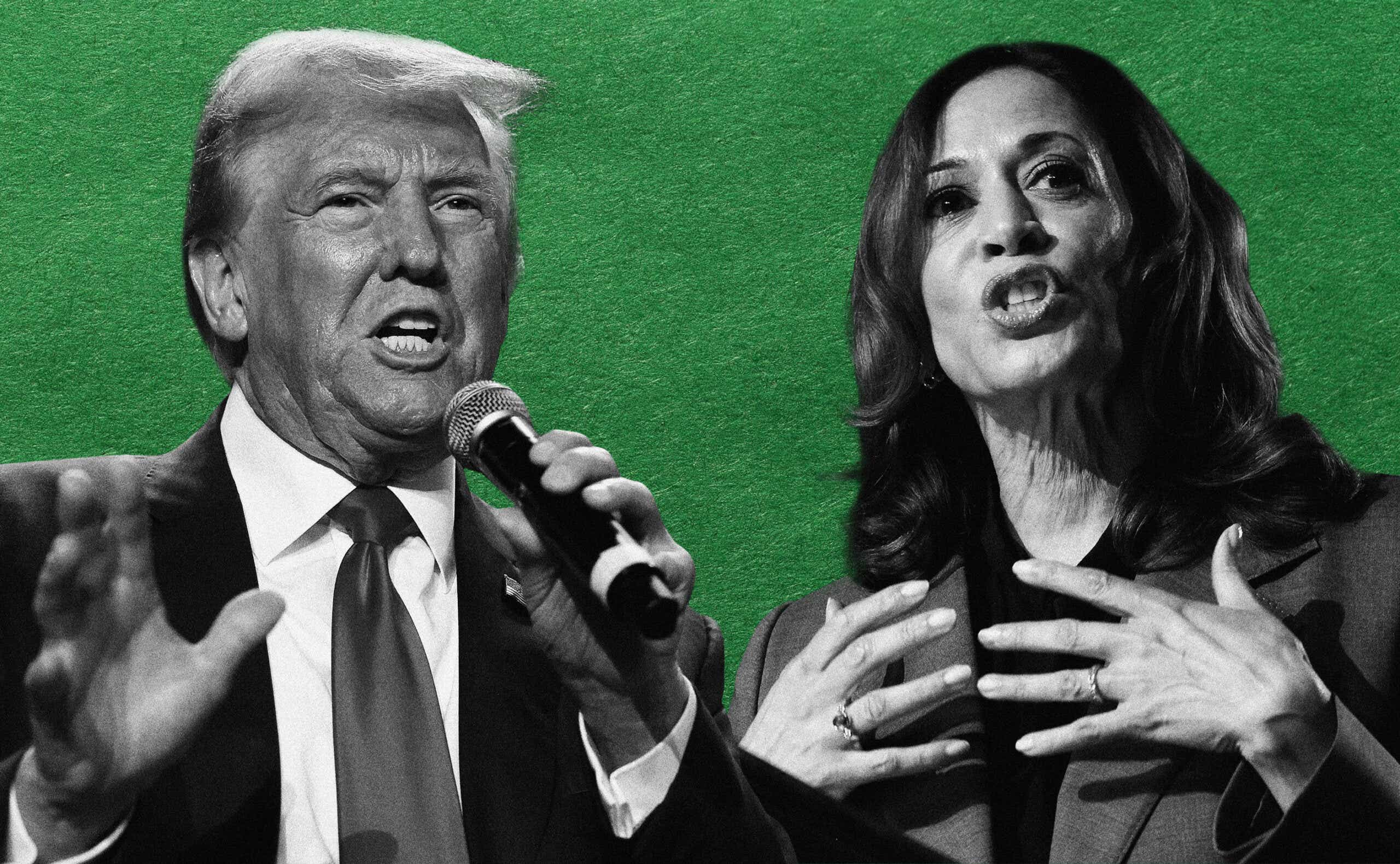Did you know that in past U.S. elections, thousands of Americans who consider themselves “environmentalists” didn’t show up to vote? It might be because the environment is rarely considered a top issue concerning Americans, even though it should be.
In this election, more than any other, voting for a candidate with environmental values is critical. We are already feeling the costly impacts of climate change. In 2023, the U.S. experienced a record 28 climate-related disasters, each costing more than $1 billion.
This makes voting one of the most potent acts of activism. More than a civic duty, it’s a chance to impact the future of our planet. By choosing leaders who prioritize environmental policy and take bold action on climate change, the change we need becomes possible.
As U.S. voters approach the ballot box on Nov. 5, it’s essential to consider each candidate’s stance on the environment. And because the race is between two personalities who have already held high-level offices, we have the benefit of being able to judge them on what they’ve actually done. So, here are the 10 most impactful actions for or against the environment that each administration took during their terms:
Trump Administration:
- Withdrew the U.S. from the Paris Climate Agreement, reducing global cooperation on climate efforts.
- Despite the misleading name, the Affordable Clean Energy rule replaced Obama’s Clean Power Plan and allowed a loophole for coal-burning plants to increase their pollution.
- Weakened Obama-era fuel efficiency standards, leading to higher carbon emissions from vehicles.
- Loosened regulations on methane emissions for the oil and gas industry, allowing companies to avoid detecting and repairing methane leaks, despite its potency as a greenhouse gas.
- Opened public lands and coastal waters, including sensitive ecosystems like the Arctic National Wildlife Refuge, for fossil fuel extraction.

- Reduced environmental reviews for projects like highways, power plants, and pipelines in order to speed up the approval process.
- Removed millions of miles of streams and about half the country’s wetlands from federal protection, rolling back clean water regulations that had been in place since the 1970s.
- Suppressed, downplayed, or ignored scientific research demonstrating the need for regulations protecting public health and the environment.
- Signed the Great American Outdoors Act, which secured permanent funding for backlogs of national park maintenance and conservation.
- Signed the American Innovation and Manufacturing Act, which phased down the use of hydrofluorocarbons, chemicals with high global warming potential.
Biden-Harris Administration:
- Rejoined the Paris Climate Agreement on Biden’s first day in office, reaffirming U.S. leadership in global climate efforts.
- Signed the Inflation Reduction Act, committing $369 billion towards clean energy in the largest climate investment in U.S. history, aiming for a 40% reduction in emissions by 2030.
- Reinstated and strengthened methane regulations to reduce emissions from the oil and gas industry.
- Reinstated comprehensive environmental reviews for federal projects.
- Brought back protections for wetlands and streams, and announced a new national goal to conserve and restore freshwater resources.

- Canceled leases and halted fossil fuel extraction in the Arctic National Wildlife Refuge.
- Recommitted the U.S. to global climate leadership and supported international clean energy transitions at COP26.
- Ensured that 40% of the benefits from federal investments in climate, clean energy, and other environmental programs go to disadvantaged communities through the Justice40 Initiative.
- Invested in electric vehicles and charging infrastructure to cut emissions. (However, this has increased demand for mining materials, raising other environmental and human rights concerns.)
- Outpaced the Trump administration in oil and gas production.
How do these actions stack up against one another?
Though not without flaws, it’s clear that the Biden-Harris administration has overwhelmingly approached climate change with the urgency it demands.
In contrast, Trump’s latest catchphrase, “drill, baby, drill,” reflects his relentless and short-sighted push for oil and gas expansion, leaving future generations to bear the brunt of environmental degradation.

Whether he claims to be part of it or not, Trump’s past actions align with the infamous 900-page document known as Project 2025 (which mentions him 312 times) that he and his supporters are sure to be using as a policy framework. By gutting or dismantling institutions mandated to protect the environment, the architects of Project 2025 call for an end to American climate leadership on the international stage, which would not only harm Americans, but prevent the global community from achieving the climate goals necessary to maintain a livable planet.
The stakes couldn’t be higher. This election isn’t just about energy policy — it’s about survival, the health of the Earth, and the future we leave behind for our children. So, come November, don’t miss the chance to make your voice heard at the ballot box. Our planet might depend on it.
Paul Nicklen and Cristina Mittermeier co-founded SeaLegacy in 2014. SeaLegacy’s mission is to inspire people to fall in love with the ocean, amplify a network of changemakers around the world, and catalyze hands-on diplomacy through hopeful, world-class visual storytelling. For more updates on their meaningful work, learn more about SeaLegacy, and subscribe to Ripple Effect, Katie Couric Media’s sustainability newsletter.









